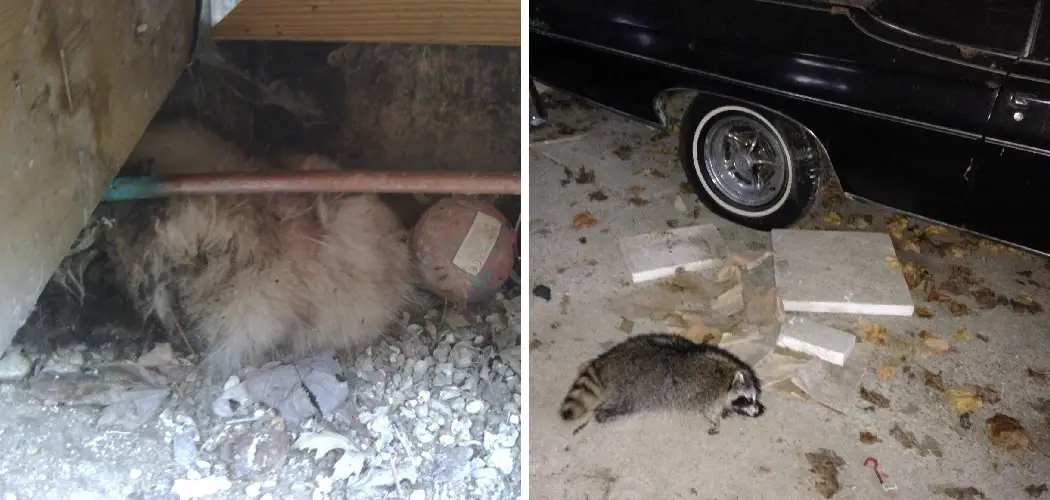Discovering a dead animal in your garage is not only unsettling but can also pose health and sanitation concerns. The pungent odor, potential disease transmission, and attraction of other pests make it imperative to locate and remove the deceased creature promptly.
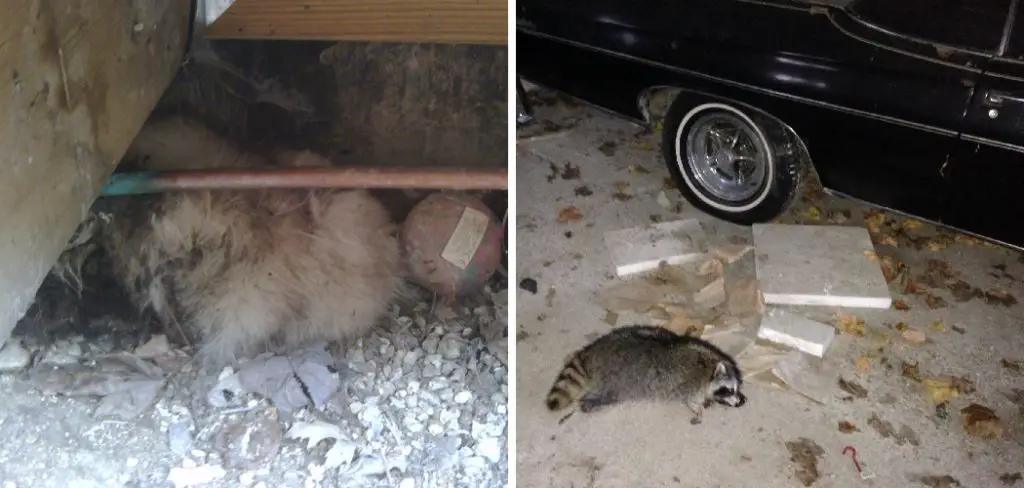
However, tracking down the source of the odor and dealing with the situation can be a challenging task. In this article, we will explore how to find dead animal in garage.
From following your nose to employing visual and auditory clues, we’ll provide insights and practical tips to help you pinpoint the exact location of the deceased creature. Whether you’re dealing with rodents, birds, or other wildlife, knowing how to locate and safely dispose of a dead animal is essential to restore a clean and odor-free environment within your garage.
The Unpleasant Odor in the Garage
Garages are often used to store various items such as cars, tools, and other household items. However, it is not uncommon for garages to also be a temporary home for small animals such as mice, rats, or even squirrels.
These creatures may find their way into the garage through open doors, windows, or cracks in the walls. While this may seem harmless at first, it is important to take action if you suspect that a dead animal may be in your garage.
Signs of a Dead Animal
The most obvious sign of a dead animal in your garage is the strong and unpleasant odor. Dead animals produce an unmistakable smell that can quickly fill up the entire space.
Other signs to look out for include droppings, damaged or torn items, and chew marks on wires or insulation. If you notice any of these signs, it is highly likely that there is a dead animal in your garage.

Why You Should Remove the Dead Animal
Apart from the unpleasant smell, having a dead animal in your garage can also pose health risks. The decomposition process of an animal’s body can attract other pests such as flies, maggots, and bacteria. These pests can carry diseases and cause further damage to your belongings.
In addition, if the dead animal is not removed promptly, it may attract larger predators such as raccoons or coyotes.
10 Methods How to Find Dead Animal in Garage
1. Look for Signs of Decay
The first step in finding a dead animal in your garage is to look for signs of decay. Look for any discoloration or foul odors that could be indicative of a dead animal. If you notice any of these signs, it is likely that there is a dead animal in your garage. However, if you do not see any of these signs, continue to the next step.
2. Inspect the Walls and Ceiling
Once you have identified potential areas where the animal may be, it is important to inspect the walls and ceiling of your garage. Look for any droppings or smears that could indicate the presence of a dead animal.
Additionally, if you notice an area with staining or discoloration, this could also be indicative of a dead animal in the vicinity. Use a flashlight to thoroughly inspect these areas, as they may be difficult to see with just the overhead lighting in your garage.
3. Set Up Traps
If you are unable to locate the source of the smell or evidence of a dead animal, setting up traps can be an effective way to find them. Place bait such as peanut butter or cheese inside traps and place them around your garage, making sure they are placed away from children and pets.

Check the traps regularly to see if there is evidence of any animals inside them. If you do catch a dead animal, dispose of it properly and clean the trap thoroughly before setting it up again.
4. Use an Air Freshener
If you are unsure whether there is a dead animal in your garage or not, using an air freshener can help to mask any odors that may be present and make it easier to identify where they are coming from.
Be sure to use natural air fresheners such as essential oils instead of chemical-based products as these can actually exacerbate the smell rather than masking it. While this may not directly help you find the dead animal, it can make the process a little more bearable.
5. Get a Professional Inspection
If you still cannot locate the source of the odor after trying all other methods, it may be time to get a professional inspection done on your property. A professional pest control company will have access to special equipment such as infrared cameras, which can detect heat sources within walls and floors, which may indicate the presence of a dead animal within them.
They may also use other methods such as odor detectors to pinpoint the exact location of the dead animal.
6. Wear Protective Gear When Removing Dead Animal
Once you have identified where the dead animal is located, it is important that you wear protective gear when removing it from your property so as not to come into contact with any potentially hazardous materials, such as bacteria or parasites, which may still be present even after death has occurred.
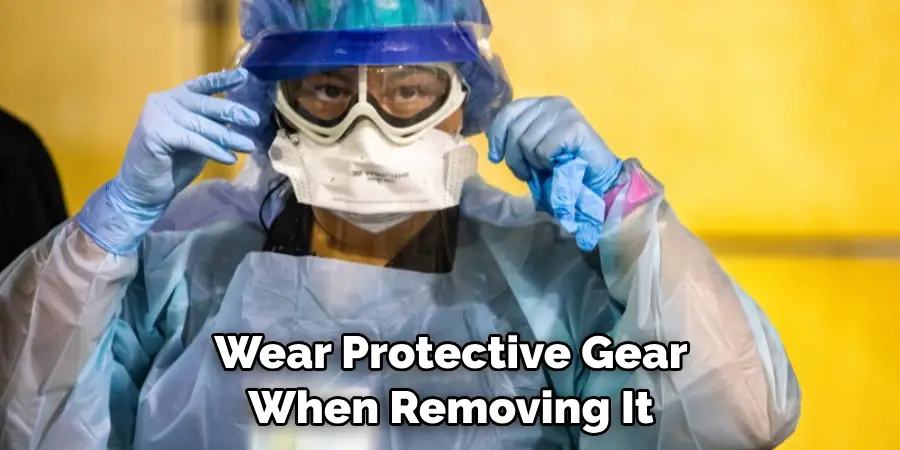
Wear gloves, goggles, face masks, and overalls when disposing of any carcasses found on your property so as not to risk exposure to harmful substances that could cause serious health issues if ingested or inhaled by humans or pets living on your property.
7. Dispose Of Carcass Properly
Once you have removed the carcass from your property, it is important that you dispose of it properly so as not to attract more pests into your home environment or spread disease amongst other animals in nearby areas who may come into contact with it if left unattended outdoors for too long.
The best way to do this is by burying the carcass at least two feet deep in soil so as not to attract scavengers such as wild dogs, who may dig up its remains looking for food.
Alternatively, depending on local regulations, some cities allow residents to take their deceased pet animals along with other small animals like rodents, birds, rabbits, etc. To their local landfill sites, where they will then dispose of them safely.
8. Clean The Area Thoroughly After Removal Of Carcass
Once you have disposed of the carcass properly, make sure that all areas surrounding its former location are cleaned thoroughly using disinfectants and hot water. This will ensure that no traces remain, which could attract more pests into your home environment.
Additionally, make sure all floor drains, crevices, cracks within walls, etc, are sealed up properly using caulk or silicone sealant so no new pests can enter through these routes either.
9. Prevent Future Infestations By Making Your Garage Pest Proof
Once all traces of any deceased animals have been removed from your garage, take steps towards preventing future infestations by making sure that all entry points leading into your garage are sealed off properly using weather stripping tape around doors & windows, mesh screens over vents & chimneys, etc.
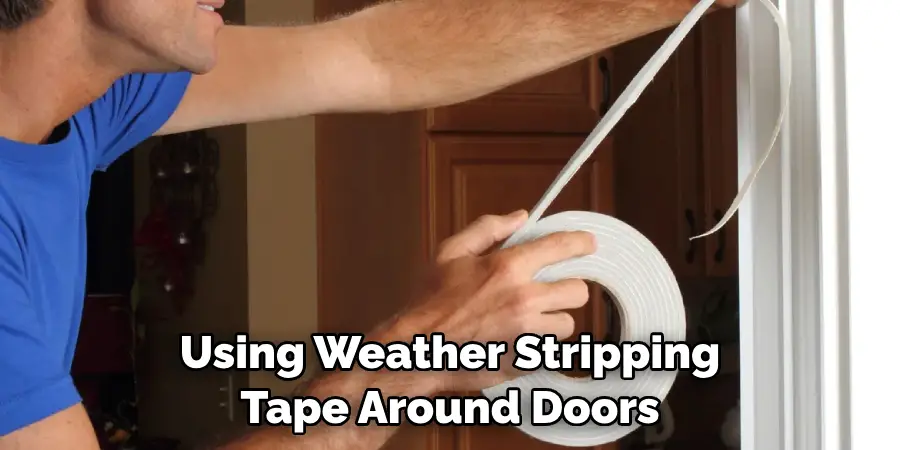
Additionally, keep food items stored away inside airtight containers & avoid leaving out pet food bowls too long after feeding time so as not to attract rodents & other small creatures looking for food sources inside garages.
10. Monitor Your Garage Regularly To Ensure No Further Infestations Occur
Finally, once all necessary steps towards preventing future infestations have been taken, monitor your garage regularly for signs indicating another infestation has occurred, such as droppings, gnaw marks on wood fixtures etc.
If anything suspicious arises while monitoring then act accordingly by taking preventative measures immediately before further damage is caused to your property.
By following these methods, you can effectively find and remove any dead animals in your garage, preventing potential health hazards and damage to your belongings. So be proactive and keep an eye out for signs of a possible infestation in order to maintain a clean and safe environment for you and your family.
Things to Consider When Finding Dead Animals in Your Garage
Did you find a dead animal in your garage? It can be an unpleasant experience, but it’s important to handle the situation with caution and care. Here are some things to consider when finding a dead animal in your garage:
Safety First
Before doing anything else, make sure to prioritize safety. Wear protective gear such as gloves, a face mask, and goggles to avoid any potential contamination or transmission of diseases. If you suspect that the animal may have died from a disease, it’s best to call a professional for removal.
Identify the Animal
It’s important to determine what type of animal it is that you found in your garage. This will help you determine the proper way to handle the situation. For example, if it’s a small rodent, you may be able to handle the removal yourself, but if it’s a larger animal like a raccoon or skunk, it’s best to call a professional.
Dispose of the Animal Properly
Once you have identified the animal and ensured your safety, it’s important to dispose of the carcass properly. Different areas have different regulations for disposing of dead animals, so it’s best to check with your local authorities. In general, it’s recommended to double-bag the carcass and place it in a sealed container before disposal.
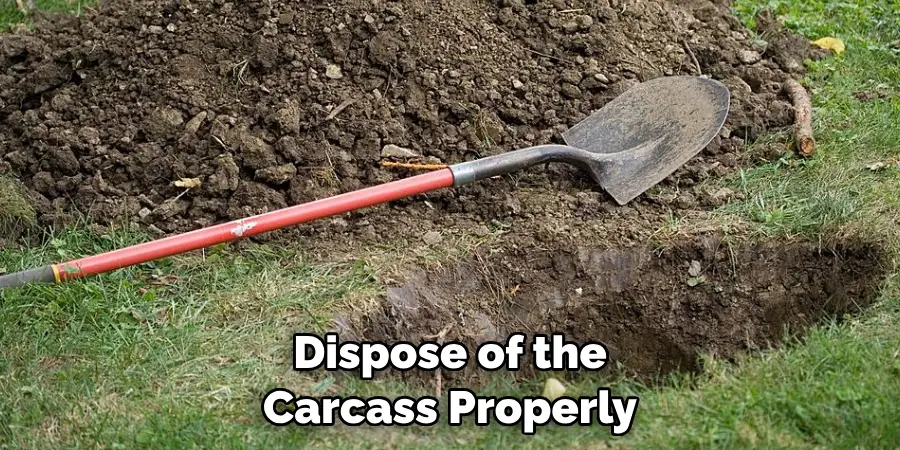
Common Mistakes to Avoid When Finding Dead Animals in Garage
Finding a dead animal in your garage can be a distressing and unpleasant experience. Not only do you have to deal with the sight and smell of the deceased animal, but also figuring out how it got there and what to do with it.
Not wearing protective gear
One of the biggest mistakes people make when finding a dead animal in their garage is not wearing proper protective gear. Dead animals can carry diseases and parasites that can be harmful to humans, so it is important to wear gloves, a mask, and other protective clothing before handling the carcass. This will help prevent any potential health risks and ensure your safety.
Not identifying the animal
It is important to identify the type of animal you have found in your garage before taking any action. This will help determine the appropriate course of action for disposal or removal. For example, if you find a dead rat, it may be best to call a professional pest control service rather than trying to remove it yourself.
Improper disposal
Another common mistake people make is disposing of the dead animal improperly. Some may simply throw it in the trash, which can cause a foul odor and attract other animals. It is important to dispose of the carcass in a sealed bag or container and properly dispose of it according to your local regulations.
Not addressing the source of the problem
Finding a dead animal in your garage is often a sign of a larger issue. It could be a sign of an infestation or other underlying problem that needs to be addressed. Simply removing the dead animal without addressing the root cause may lead to further issues in the future.

Conclusion
Taking the right steps can help you keep your garage clean. Remember to always wear gloves when disposing of a dead animal. You’ll also need to take the proper preventative measures to ensure you don’t have these kinds of issues in the future.
Contact your local pest control services for help with prevention and get regular inspections. Doing so will help catch any potential issues before they become more severe. With that in mind, be sure to consult anyone or any resources available for further assistance on how to find dead animal in garage if you run into any problems.
Lastly, don’t hesitate to reach out to friends and family for advice and information on these sorts of topics – it’s better to ask someone who knows about this subject than try and handle it yourself!
I am Rick. I grew up helping my dad with his handyman service. I learned a lot from him about how to fix things, and also about how to work hard and take care of business. These days, I’m still into fixing things- only now, I’m doing it for a living.
I’m always looking for new ways to help people grow and develop. That’s why I have created this blog to share all my experience and knowledge so
that I can help people who are interested in DIY repair.

